In our second ‘Featured Collective' we got the chance to catch up with Wideyed. We love what these guys do, so we’re delighted to share an insight into their work and how they function as a collective.
Nat Wilkins, from the Wideyed project Agri[culture]
Can you tell us a little about Wideyed, how you began, and what were your intentions when creating the collective?
Founded in 2008, Wideyed currently combines the practices of Richard Glynn, Louise Taylor and Nat Wilkins. We’re based in the North East - but also work nationally and internationally. Co-founder Lucy Carolan left the group earlier this year to focus on her practice-based fine art PhD.
One of the initial reasons for forming was the recognition that collaborative working was beneficial both collectively and individually, and that sharing resources, such as our neg scanner, made higher end equipment more affordable. Some of our projects involve us all, and others just one or two. This flexible approach takes into account our individual work and other commitments.
As a self-funded non profit making group we have covered a lot of ground since we formed. We’ve been part of international photography festivals, received awards and bursaries, worked on commissions, and exhibited from the UK to South Africa - most recently collaborating with artists in the US and Sunderland. Collectively and individually, we’ve taken part in numerous international artist residencies and photography festivals such as Fotofestiwal Lodz, Supermarket Independent Arts Fair (Sweden), FORMAT and Brighton Photo Fringe (UK), and Mois de la Photo and Mois-OFF (France).
Can you tell us about each member, what are your individual photographic interests?
Richard Glynn
As a 1970’s teenager, a friend told me about her grandfather who would make his own tools specifically if there wasn’t something available or affordable. This idea that you could make something rather than just buy it off the shelf has hugely influenced my approach to both photographing and exhibiting.
I did an MA in Contemporary Photography at the University of Sunderland (2008-10), and throughout my career have always had a strong interest in the limitations of photography as a medium. This started with low-light photography - long-exposures and pushing film - and coupled with a fascination with people, has gradually developed into an ongoing series of 10 x 8 paper negative portrait experiments. In recent years, this has led to several interesting commissioned projects, some of which have involved makeshift studios with portable darkrooms, but also colour documentary and architectural imagery. The experience gained from working as part of Wideyed and undertaking residencies have really consolidated my interests and the development of my work.
Everything I have done has reinforced my belief that presentation and audience engagement is as important as the photography itself. My experiences have enabled an openness and flexibility towards what can be done with photography.
Richard Glynn, from the series Hefted To Hill
Louise Taylor
Louise’s interest in photography and the documentary/socially engaged approach was piqued when Czech photographer Jindřich Štreit visited a neighbouring farm for AmberSides’ Unclear Family international workshop in Crook, County Durham, 1993. Since then she has embraced an 'embedded' approach in which she becomes comfortable in the communities she documents. Her personal work tends to focus on rural people and place, often where there is a connection to the land. Nomadic herders, Gypsies and Travellers, farming, rural traditions and rare breed enthusiasts are the themes she is drawn to. Recent commissions include Northern Heartlands’ Hefted to Hill, a year long project documenting seven hill farmers with Richard Glynn and artist/philosopher Ewan Allinson. In addition to her personal work Louise devises participatory photography workshops with schools and environment/heritage organisations.
Louise is currently working on Wombling:Archiving Dad - a very personal project, and a bit of a departure for her in terms of style. When her dad died suddenly 7 years ago he left behind a wealth of treasure. He had a tool for every job and that ‘thing’ to fix every problem. Louise is archiving his collections prior to binning, selling or scrapping them… which is no mean feat!
Louise Taylor, from the series SHOOT!
Nat Wilkins
Nat joined the collective in 2017. His work is documentary in nature and has two significant strands, family life and alternative rural living, having worked with Zen Buddhists, retired rock stars, coal miners and off grid families. Most of his subjects live within 15 miles of his home (which is essentially next door when you live in the middle of nowhere).
Having worked in conservation for ten years managing some of England's most remote and visually stunning nature reserves, he brings a depth of understanding and passion for rural life into his photographic practice. He graduated from Sunderland University’s Photography and Digital Imaging BA in 2017 and has been a practicing photographer since then.
He also works in the environment/heritage sector using photography and participatory arts to interpret a wide range of subjects from invertebrates to folklore. And uses video and photography to document and evaluate arts and heritage based projects.
Nat Wilkins, from the series Ten Guineas an Ounce
How is working collaboratively different from working individually, and how do you function as a collective?
Wideyed members don’t always work together on every project - the collective sometimes serves as a platform for work developed singly or in pairs, with the group providing support through things like peer review and technical assistance. Whether we work together on a project or not we still benefit from peer support and can draw on a wider collective skill set / networks where needed.
We don’t really have any fixed roles although officially we are Richard (Chairperson), Louise (Treasurer), and Nat (Secretary)! Our roles within each project vary and depend on which particular skills are needed, who has the most relevant networks and what time we have available individually. Our creative process can probably best be described as resourceful! We’re not shy about seeking out, and in some cases instigating opportunities. For example - BLINDBOYS WIDEYED (2010), one of our early international collaborations demonstrates our collective approach to making things happen. Lucy had spotted an open call to contribute to Blindboys’ ‘BlowUp’ street exhibition in Mumbai and made contact with them leading to a plan to reciprocally exhibit their work in the UK. Louise was given the heads up about a job lot of photographic equipment coming up for auction which we bought and sold on to raise funds to print the exhibition, and Richard, who was doing an MA at Sunderland University at the time learnt of a Symposium they were hosting so we timed the exhibition opening to coincide with that. The end result, in Newcastle, was an intervention in the Mining Institute, an alleyway billboard piece and an exhibition in an empty shop.
Collectively you have worked on many projects, can you share some with us?
Our first collective body of work - IN VINO VERITAS (2010-2011) - was made through two self funded residencies at an organic vineyard in the Loire Valley during the grape harvest. Since ancient times, it’s been considered that wine reliably reveals a person’s character. For experimental natural wine producer François Blanchard, in vino veritas means remaining true to the character of the grape, respecting the integrity of this very complex fruit and skilfully drawing out its subtle aromas. Each year the grapes are picked and pressed by hand and foot. The harvest is labour intensive, but also a festive event, with families, friends, musicians and artists from all around France and beyond coming together to make and celebrate wine. The work returned to the vineyard as a 60pg newsprint exhibition before being curated for ArtHouse, Lewisham for our first collective show in the UK. With François’ contacts and Lucy's fluency in French we then secured Espace Beaujon, Paris and exhibited for Mois de la Photo-OFF. We’re constantly striving to find new and relevant ways to present our work. Photos inside wine bottles gave visitors to the gallery the experience of interacting with the work, as well as giving us the opportunity to curate a large exhibition comprising of 87 images.
Richard Glynn, from the Wideyed project In Vino Veritas
Lucy Carolan, from the Wideyed project In Vino Veritas
Louise Taylor, from the Wideyed project In Vino Veritas
We have collaborated with each other and with other photographers across the UK and beyond, but Nomadic Village, an international arts residency was a great opportunity to network with artists from other disciplines. We developed FOREIGN BODIES (2012) and partnered with NPIA, a forensic training centre resulting in 20 students from the local school and a journalist dressing up as CSI’s and combing the residency site for evidence of travel to feed into our final installation. The project allowed us to work on the same theme - investigating evidence of travel around the residency site - but to develop our own responses to it. Foreign Bodies was exhibited in a public outdoor exhibition at the end of the residency before being reworked into a one off artists book that toured Europe before heading to its own personal gallery space at FORMAT15.
You have a creative and unusual approach to exhibiting your work, can you tell us about some of your past exhibitions?
Our approach has evolved over the years, not from a desire for any particular unique trait, but from a belief that the work should be presented in the best manner achievable for the audience and whilst working within the limitations presented - financial, spatial and temporal. We have discovered that there can be a synergy between the work and the place and the manner in which it is exhibited.
The following (very) detailed description of one exhibition hopefully demonstrates that the means of display has been thought about and is as much a part of the work as the subject matter.
MAPPING THE FLANEUR (2011) was a collaboration between Wideyed and ASA Collective (since folded) for The Collectives Encounter, FORMAT11. It was a dynamic photographic installation inspired by Walter Benjamin’s Arcades Project and the advent of cloud printing. It was designed to provide an overview of the global collective movement, of contemporary photographic practices, and the complexity of urban life worldwide. Over the course of the festival we received 700 images, by 97 photographers, from 20 collectives based in 15 countries. Benjamin collected notes on Parisian life in the early 20th Century on various topics through spending his time as a flaneur; a walker and observer of society. The exhibition comprised several elements. Our modern day photographer flâneurs were asked to focus on three of Benjamin’s topics: Consuming, Urbanising and Transporting and to send their images to us. To reflect the random nature of observations, we printed those images in the strict order in which they arrived. To reflect the categorisation, each image was printed at the top, middle or bottom of the page according to the topic. The effect was to print three lines of images, like notes on a musical notation, with the exact location only determined by the order received and the topic chosen. The controlling computer was hidden in an old travel chest; the printer was hidden within a packing crate so all the viewer could see was the paper laid along the floor to a timber filing cabinet containing a reel. Only about thirty images were visible at any one time. This changed every day as more images were printed and the roll was wound into the filing cabinet and archived.
The images were also printed on individual cards and placed within an old timber index card cabinet referencing Benjamin’s collation of notes. As well as the three drawers dedicated to each theme, this also included others including a drawer of cards indexing the details of every contributing collective, blank cards for visitor observations and feedback and our own contact details. The installation utilised objects we had to hand. The computer was an old mac G4 with remote log-in software on a months trial. A cheap webcam was positioned to see the images coming from the printer. The printer box and the wooden reel were made from scrap timber. And a copy of the Arcades project book was used to prop up one corner of the drawing chest. Much of the thought that went into the installation won’t have been noticed, but the process of consideration of the design enables smoother, quicker installation times, economy with materials and a means of complementing the subject matter.
In recent years you have been working on a project called Agri[culture], what is the project about?
AGRI[CULTURE] (2018-2019) was a collective project that focussed on the annual agricultural shows taking place in and around the North Pennines. It was devised in 2017 in response to Nat joining the collective, an uncertain Brexit, and a desire to work on something collectively. Between us we visited ten agricultural shows through the 2018 show season ranging from the oldest recorded in Britain to small sheep shows. We gave ourselves the visual freedom to document the shows as we found them. For some of us it was a first time experience attending these events, for others they were always an important part of the annual social calendar.
Louise Taylor, from the Wideyed project Agri[culture]
Lucy Carolan, from the Wideyed project Agri[culture]
As we embarked on Agri[culture] we were aware that there were question marks about where the country was heading politically. Worst case scenario involved the UK crashing out of the EU and with that the end of EU subsidy payments to farmers. Upland agriculture is heavily dependent on subsidy payments so if this were to happen then upland sheep farming - the foundation to all the shows we documented - could disappear within a few years, closely followed by the smaller dales shows. This worst case scenario was unlikely, but our research into the shows’ archives proved that shows do disappear. Horse Fairs for example would have been important dates in the annual calendar but since the mechanisation of farming this historical tradition vanished within a few decades. Evidence that a stalwart of a cultural calendar for centuries can disappear under the right conditions. Given the political situation of the time we thought we were at an ideal juncture to start a conversation with the show going public using our images as a catalyst for reflection.
Richard Glynn, from the Wideyed project Agri[culture]
Nat Wilkins, from the Wideyed project Agri[culture]
The work toured to six agricultural shows, was sent over to Wyoming, US for two exhibitions and had its last exhibition in Sunderland, down river of where all the shows took place. With each exhibition reflective conversations sprouted about these long standing british rural traditions. In rural Wyoming we began a visual conversation with art students creating work in response to our images, and in Sunderland we had the urban view. Through the tour back to the shows we had the views from the culture that seeded the project to begin with. The project journey also gathered creative writing responses to the work from a group of local writers in addition to the donation of loads of amazing archive materials from old show schedules to photos of local legends and their owners. This was a really eye opening experience for us and an interesting way to use our documentary work to share a cultural tradition in an urban setting, but also to hold up a mirror to a community and offer a reflective pause. All this has informed our new Wideyed publication.
Most recently you have been organising SHOWSTOPPERS!, a new participatory photography competition. Can you tell us more.
SHOWSTOPPERS (2020) was a photography competition and outdoor ‘winners’ exhibition developed in response to COVID-19 and the cancelled agricultural shows that we had been working on for the previous two years. Showstoppers kept the spirit of the shows alive and offered an opportunity to engage show people in photography and photography people in agricultural shows. We invited those who would have normally attended the shows to send us show-stopping photographs of their entries instead.
The project attracted 370 entries from exhibitors aged three upwards. Our outdoor ‘winners’ exhibitions coincided with the cancelled shows and featured work made by children, florists, horse breeders, farmers, photographers and allotmenteers. All ‘winners’ received a rosette with our three judges choice ‘best in show’ awards winning a fancy rosette and a copy of of recently published book Agri[culture].
You also produce publications under the name Wideyed Editions, can you share some of the publications?
We started Wideyed Editions in 2012, the same year as our ambitious one off artist book for Foreign Bodies. Agri[Culture] is our most recent collective publication. Created to celebrate the project of the same name, this 148pg book features the work by all four of us involved in the project including archive material donated through the touring exhibition, creative writing by NorthPens Writers and essays by John Darwell and Jill Cole. The design reflects the size and style of the show catalogues and comprises 5 separate books in a sleeve. (£19.50 + p&p)
Other books we have published include CHAIN REACTION (LUCY CAROLAN), SHOOT! (LOUISE TAYLOR) and Park (MkII) (LUCY CAROLAN & RICHARD GLYNN) which is a mutascope developed as an analogue interpretation of Google Street View for Superdream, a creative exchange between artists in Gateshead UK, and Johannesburg SA.
You can find out more and purchase books on the Wideyed website.

![Nat Wilkins, from the Wideyed project Agri[culture]](https://images.squarespace-cdn.com/content/v1/564da640e4b06d1c92c1a9f1/1606234378082-FJFDV8PJUZ7IKE6FNVY3/Agri%5Bculture%5D_NatWilkins_Wideyed.jpg)






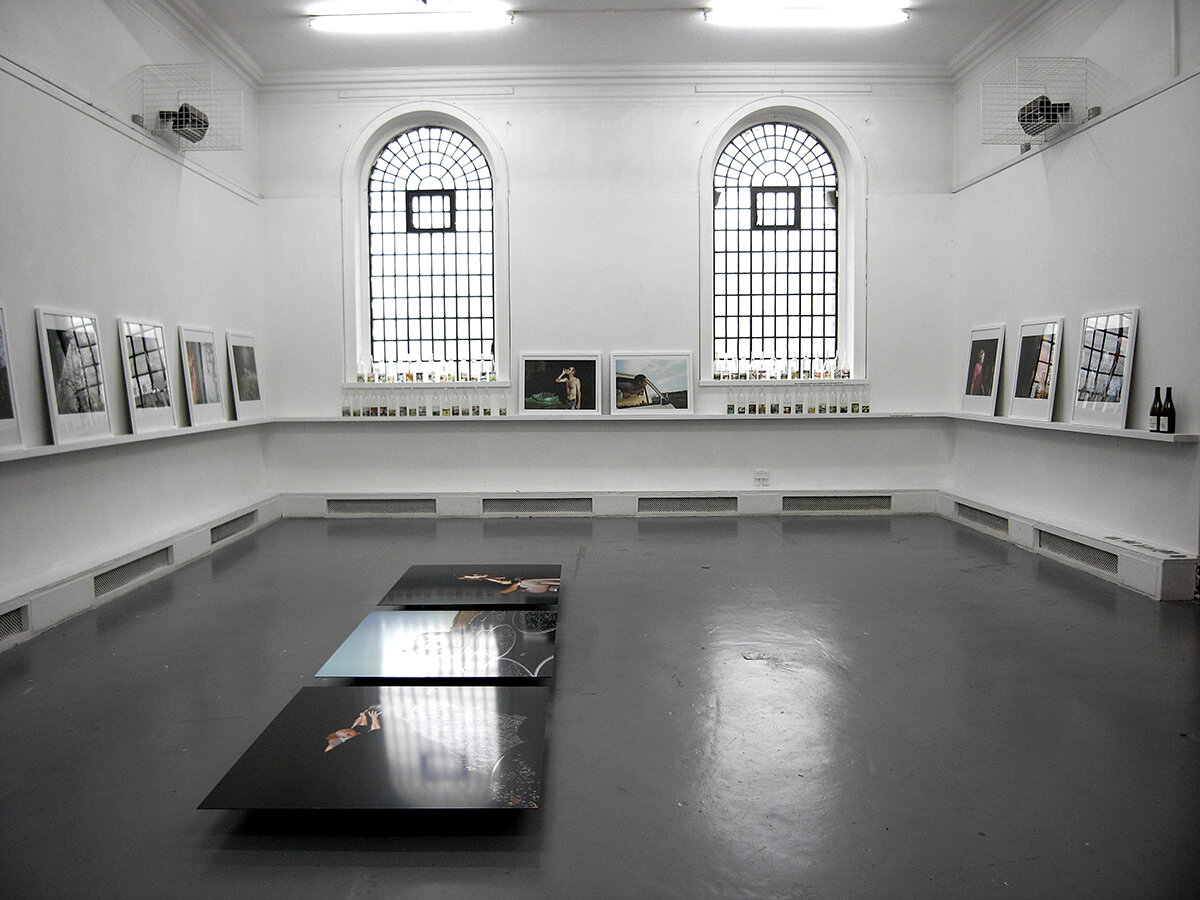
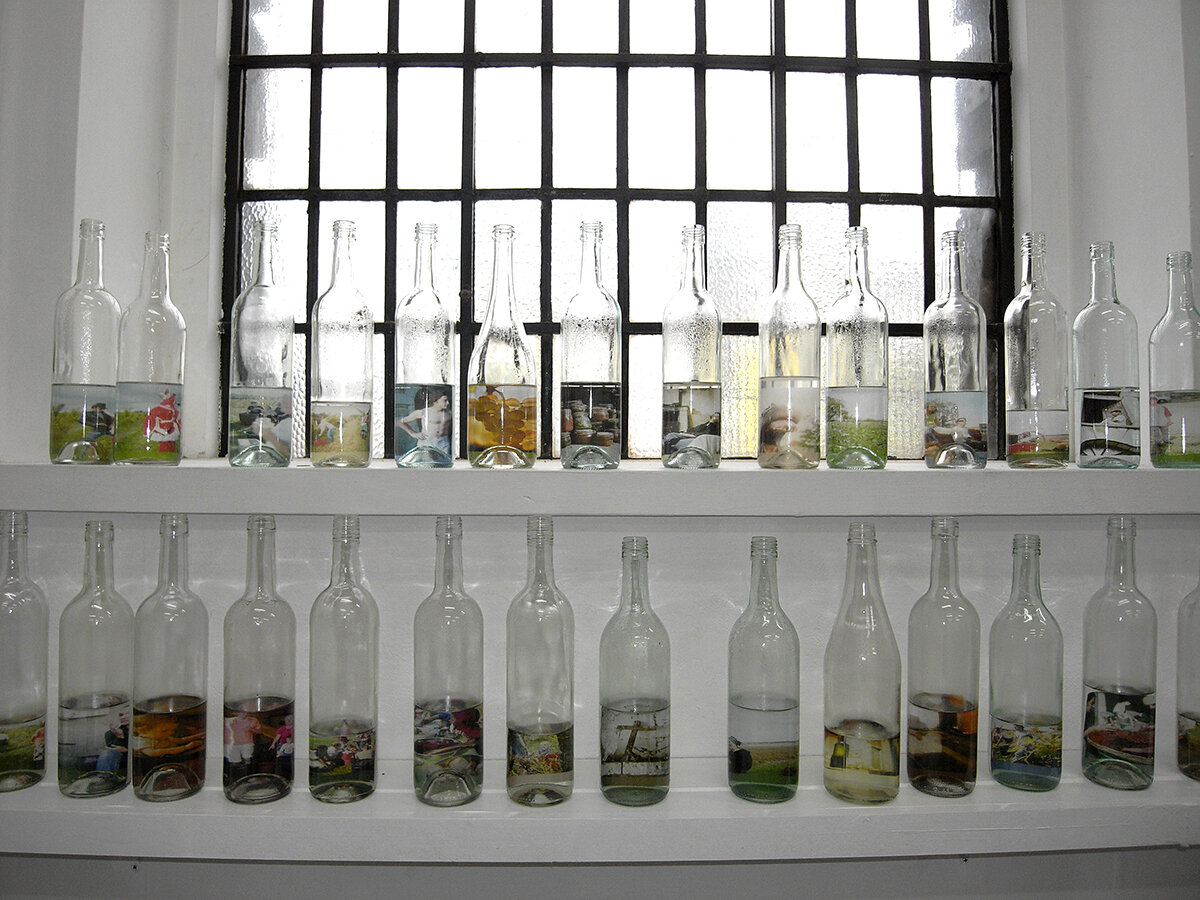
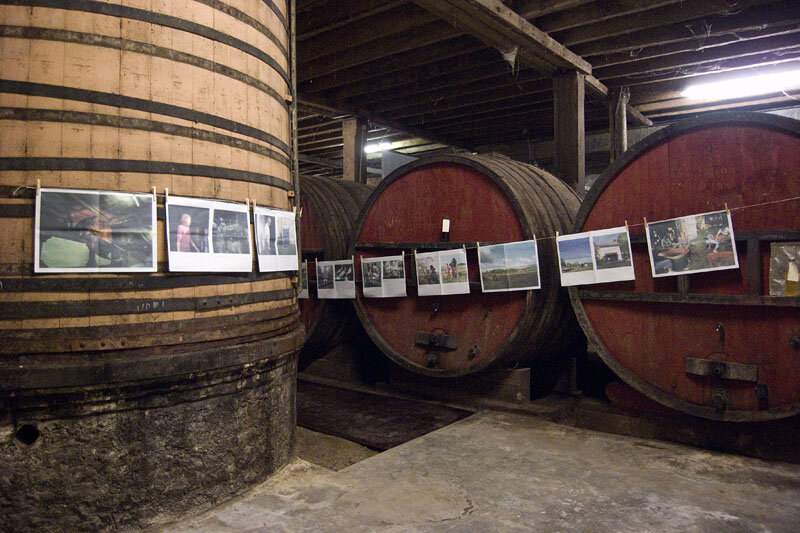
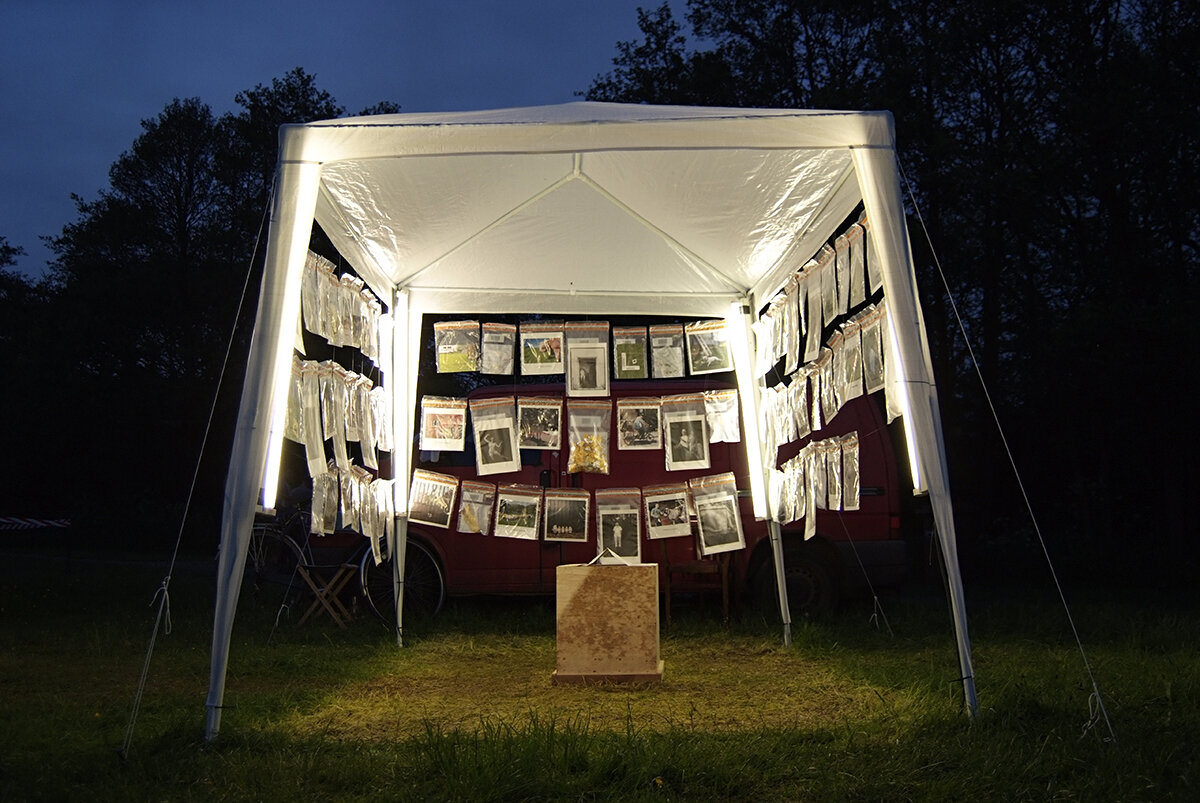

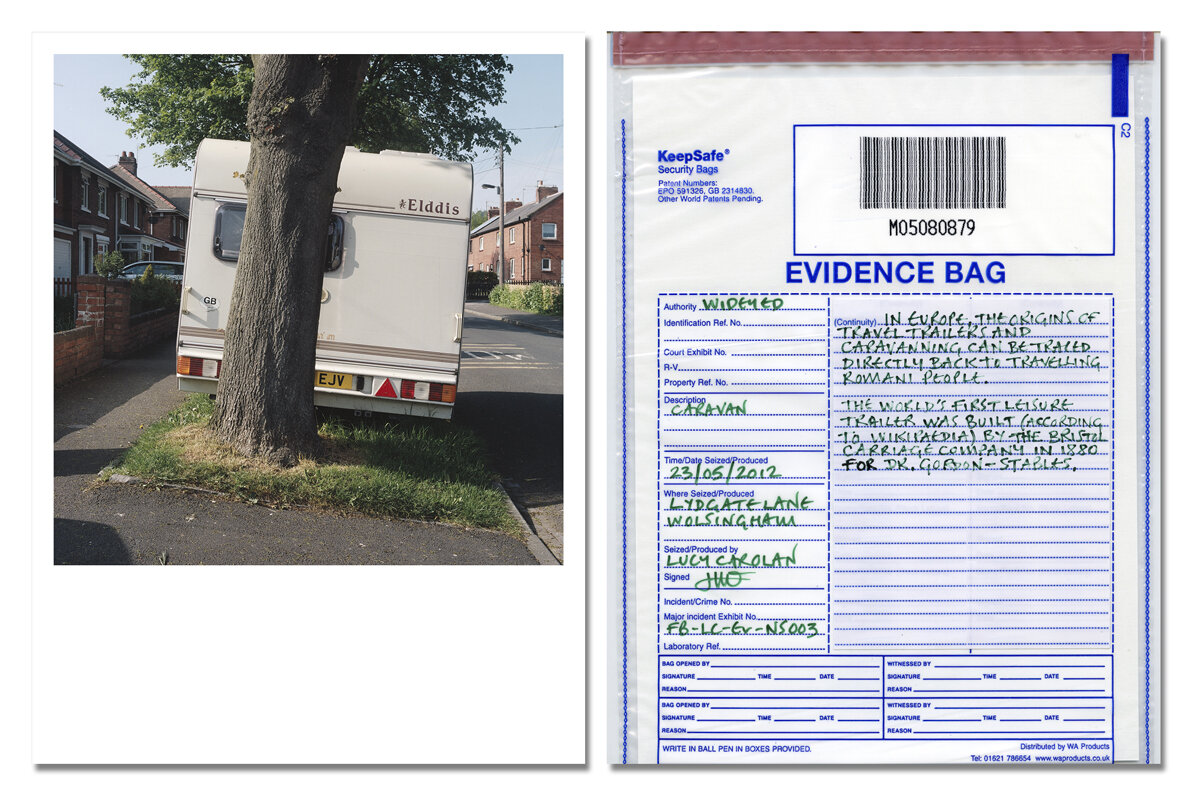
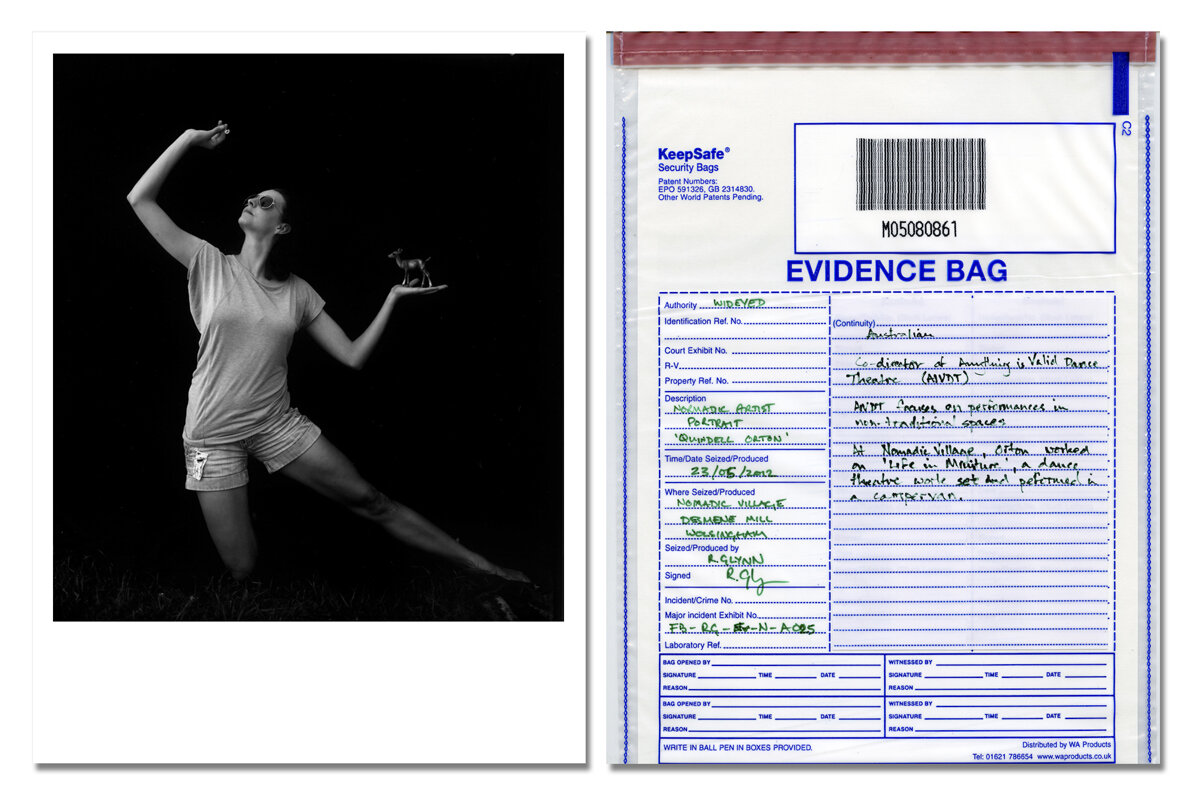
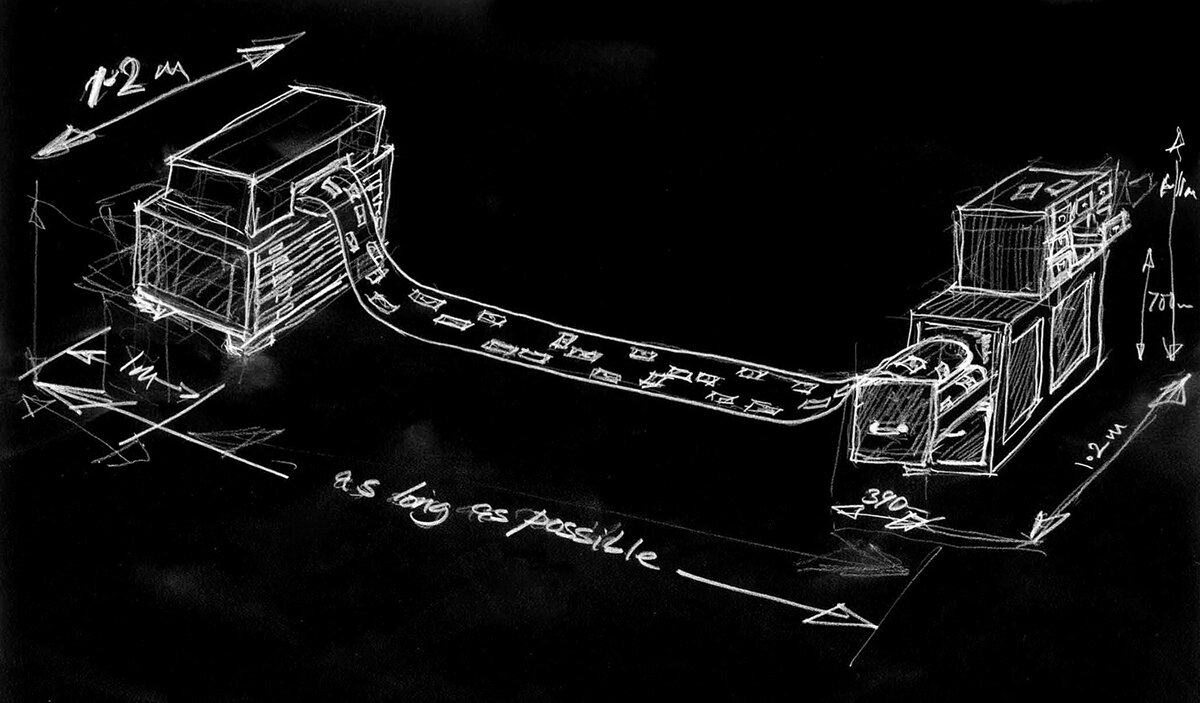

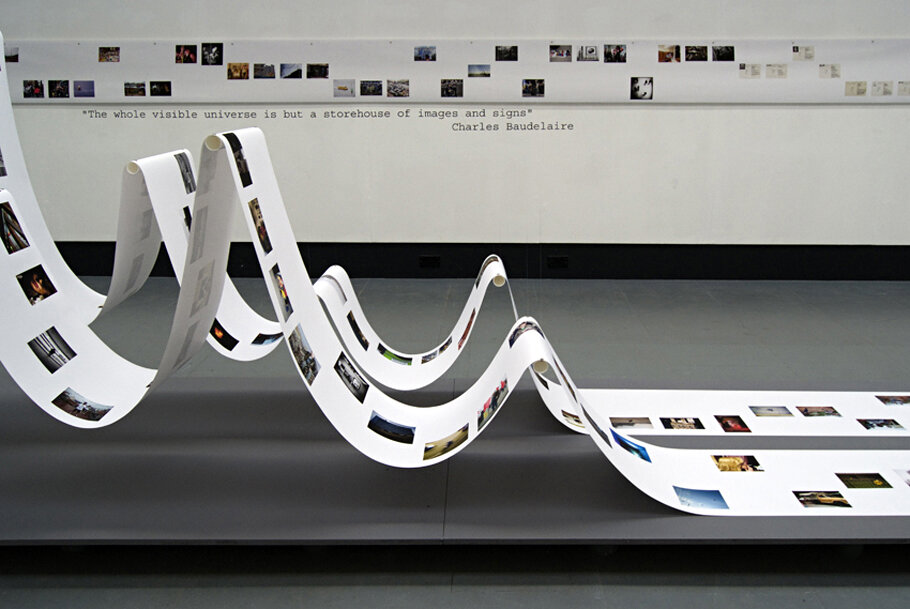
![Louise Taylor, from the Wideyed project Agri[culture]](https://images.squarespace-cdn.com/content/v1/564da640e4b06d1c92c1a9f1/1606234255737-X4BQHF8UN58Q98XFLLEO/Agri%5Bculture%5D_LouiseTaylor_Wideyed.jpg)
![Lucy Carolan, from the Wideyed project Agri[culture]](https://images.squarespace-cdn.com/content/v1/564da640e4b06d1c92c1a9f1/1606234287601-P4XZ8AZKOX6U0ZZYD4KZ/Agri%5Bculture%5D_LucyCarolan_Wideyed.jpg)
![Richard Glynn, from the Wideyed project Agri[culture]](https://images.squarespace-cdn.com/content/v1/564da640e4b06d1c92c1a9f1/1606234347041-5MFIVFK43OADZVABORTW/Agri%5Bculture%5D_RichardGlynn_Wideyed.jpg)
![Nat Wilkins, from the Wideyed project Agri[culture]](https://images.squarespace-cdn.com/content/v1/564da640e4b06d1c92c1a9f1/1606234321821-PCC7R44RSF4YK3GG1GQ4/Agri%5Bculture%5D_NatWilkins_Wideyed2.jpg)
![Agri[Culture] Wideyed installation3.jpg](https://images.squarespace-cdn.com/content/v1/564da640e4b06d1c92c1a9f1/1606234017902-PZMZ9FJ9QJP638IWH7VA/Agri%5BCulture%5D+Wideyed+installation3.jpg)
![Agri[Culture] Wideyed installation4.jpg](https://images.squarespace-cdn.com/content/v1/564da640e4b06d1c92c1a9f1/1606234021369-KPOCLJ9RC42820R1DRGI/Agri%5BCulture%5D+Wideyed+installation4.jpg)
![Agri[Culture] Wideyed installation2.jpg](https://images.squarespace-cdn.com/content/v1/564da640e4b06d1c92c1a9f1/1606233988250-QT09GOSFHGHQ3S8SHE0R/Agri%5BCulture%5D+Wideyed+installation2.jpg)
![Agri[Culture] Wideyed installation.jpg](https://images.squarespace-cdn.com/content/v1/564da640e4b06d1c92c1a9f1/1606233998877-NXEOES22DOBP3MH9K76K/Agri%5BCulture%5D+Wideyed+installation.jpg)
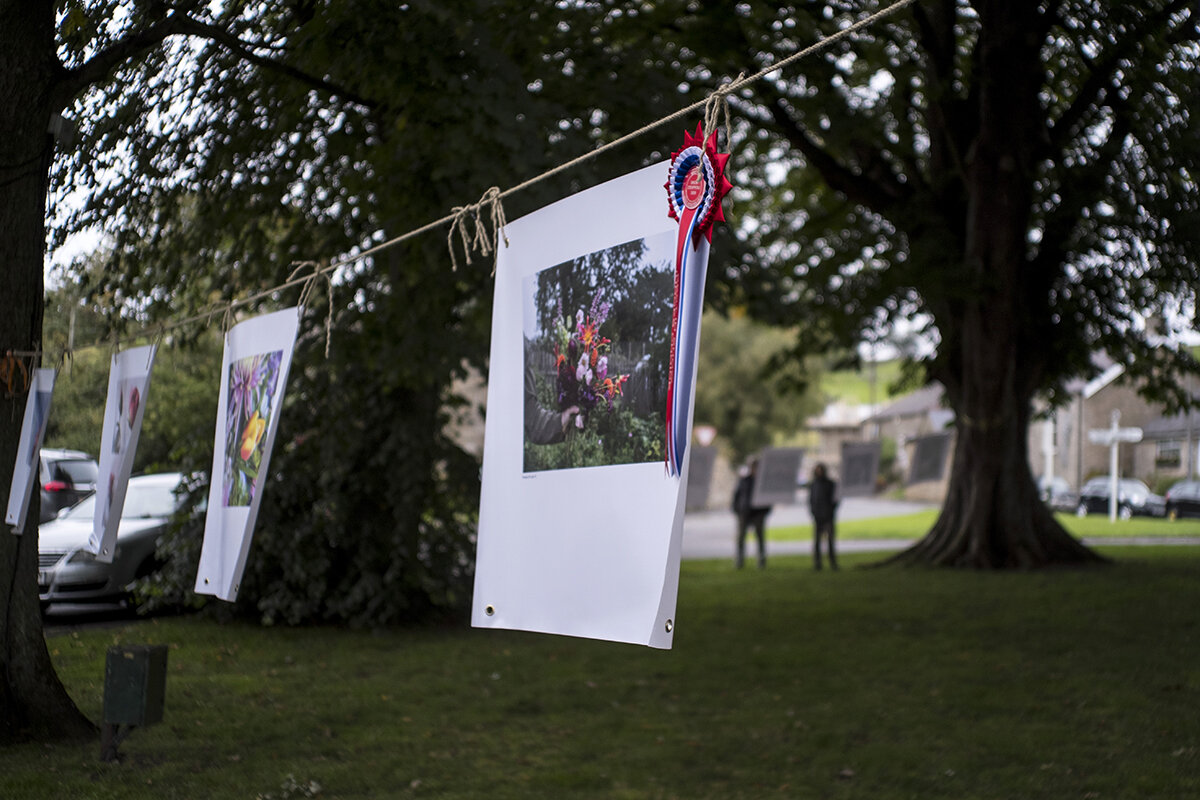
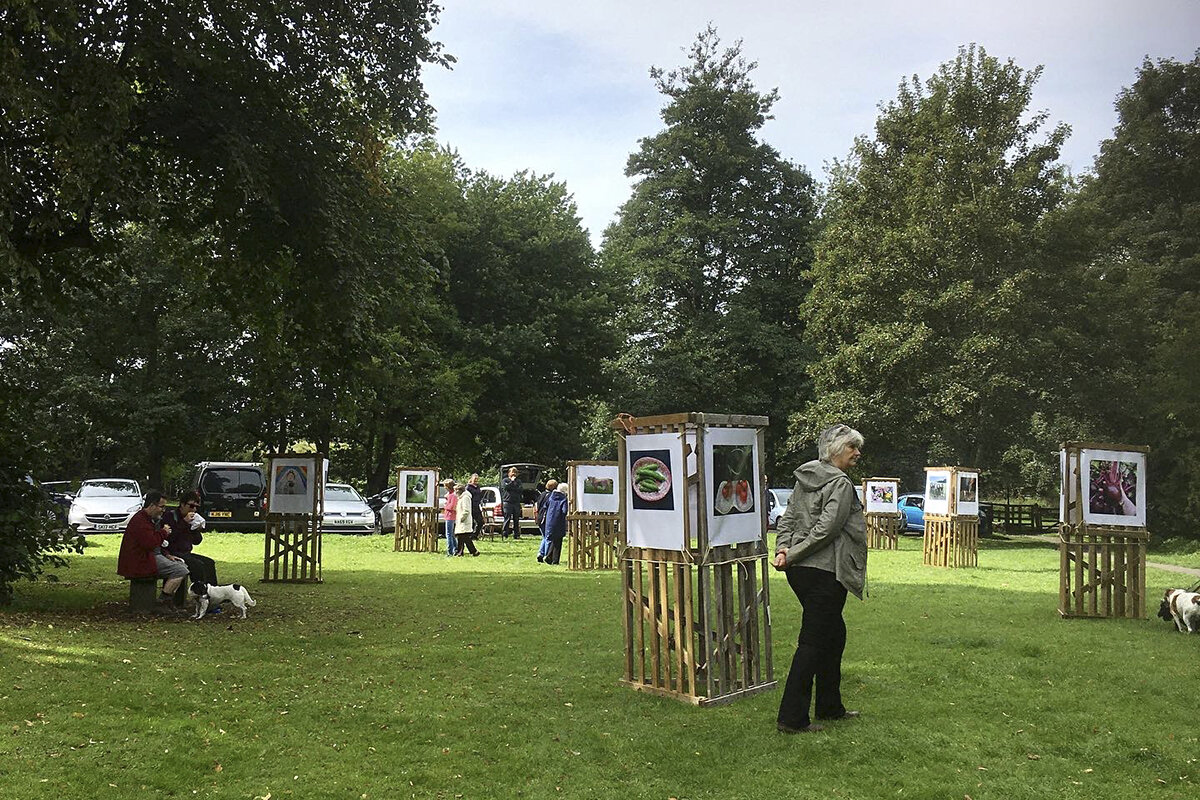
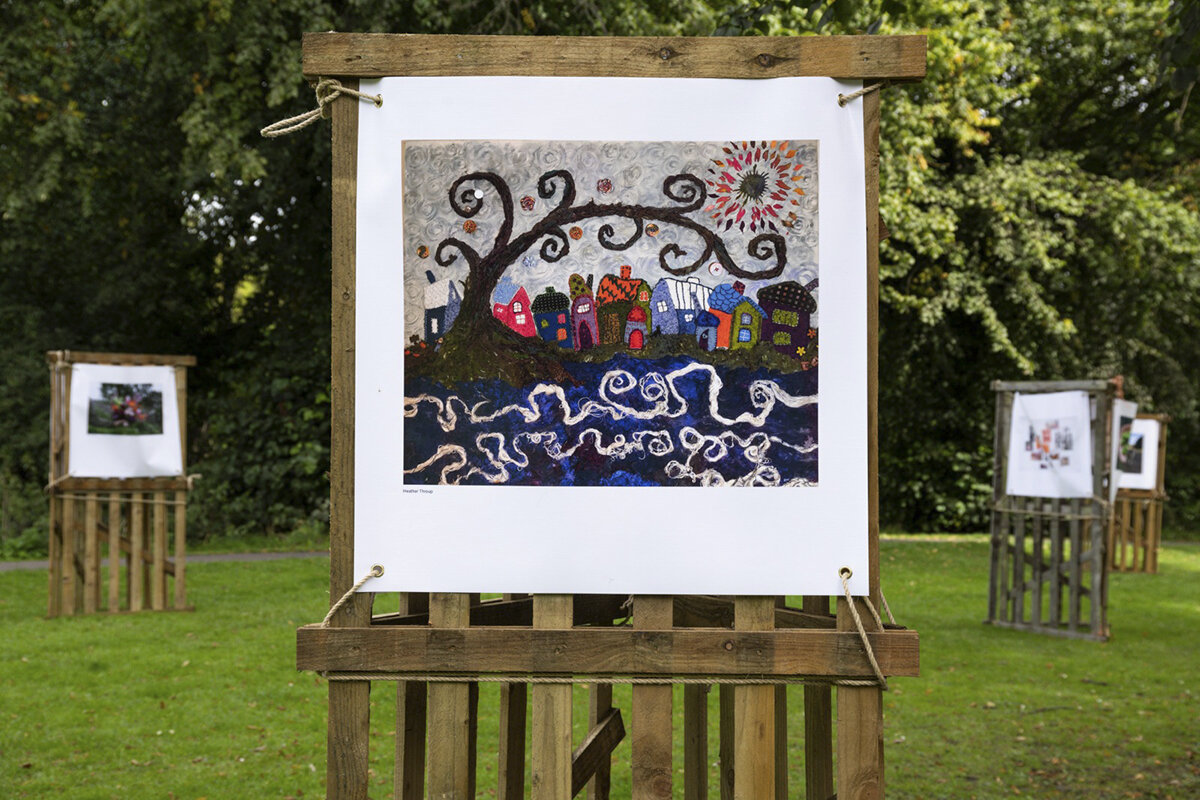
![Agri[culture] Wideyed Publication.jpg](https://images.squarespace-cdn.com/content/v1/564da640e4b06d1c92c1a9f1/1606235815443-DDXD8M4MY48AV82BFBD8/Agri%5Bculture%5D+Wideyed+Publication.jpg)